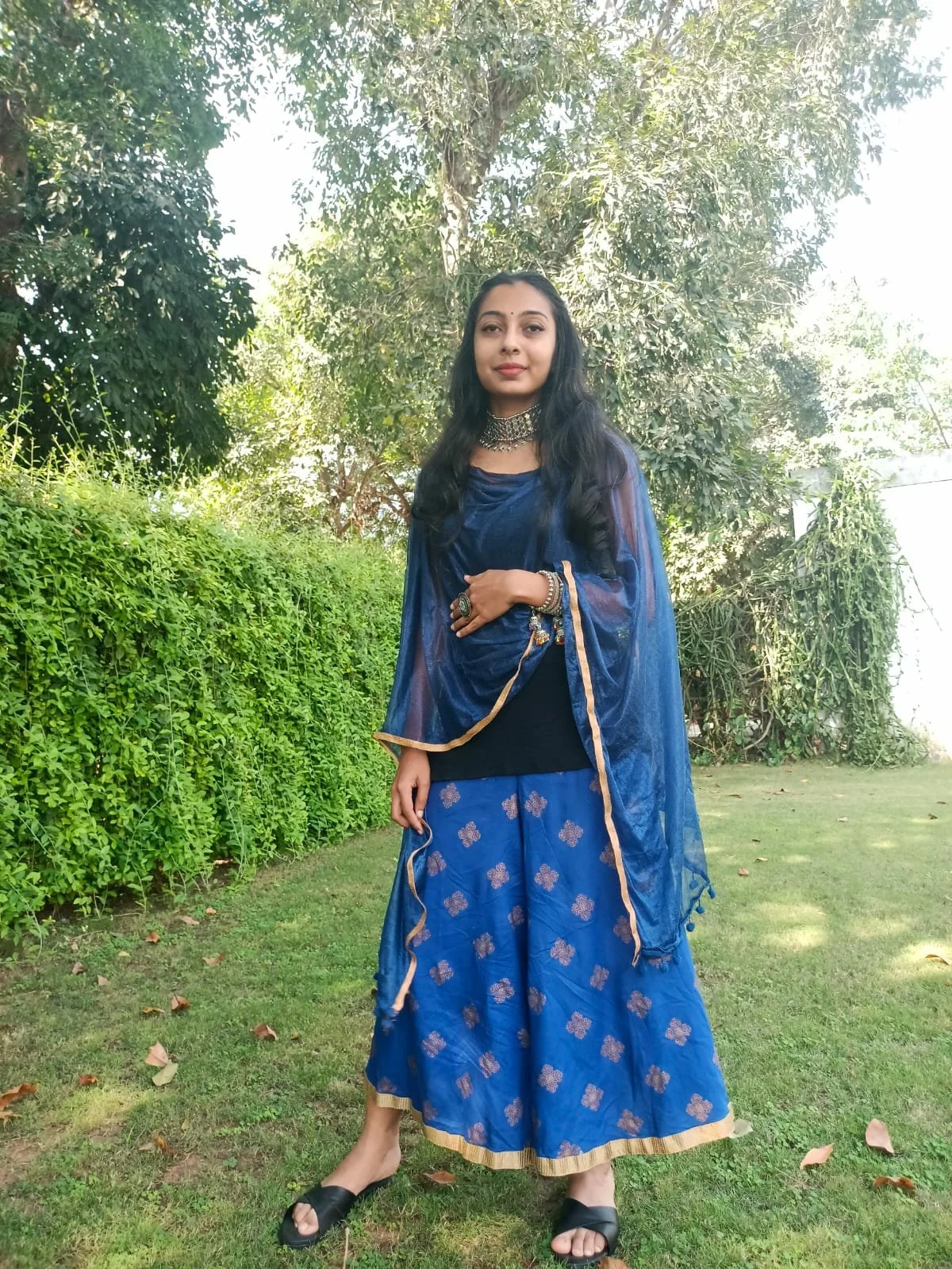Reimagining Peace Through Young Voices in India
By Daraa Patel
Daraa Patel
Peace is commonly envisioned as the result of conference hall negotiations or as a phrase in treaties between nations. But in India, a land of contradictions and endless variety, peace is lived also in villages, classrooms, and newsrooms. It is constructed not only by what policymakers choose to do, but by the narratives that young people decide to tell—and the silences they decide to break.
The problems of peace i In India, a land of contradictions and endless variety, the problems of peace are not far away or theoretical. They can be seen daily in the increasing polarization, growing disparities, and the rapid dissemination of untruths that pit neighbor against neighbor. For a country with the largest youth population in the world, the burden of overcoming these problems falls heavily on young shoulders. And among these, young journalists and narrators possess a special power: the ability tof these, young journalists and narrators have a special power: the power to frame stories that can either harm or heal.
Mainstream Indian media tends to lean toward speed, sensationalism, and headlines that emphasize conflict. There is little space for nuance, for the voices of the margins, or for tales of unheralded resilience. Peace journalism presents a different vision. Rather than emphasisingemphasizing violence, it attempts to give prominence to opportunities for dialogue, grassroots reconciliation, and the dignity of communities too readily reduced to stereotype. In a nation where geography, religion, gender, and caste still influence prospects, peace journalism is not just a reporting format—it is an obligation.
This is where efforts such as You Are Not Alone – Human is Near You enter the scene. From a mental health awareness platform, it has blossomed into a people's movement to decrease both clinical and social disparities. Our work understands that there can be no peace when young women are silenced, stereotyped, or shamed for their suffering. We equip young journalists with the skill to write sensitively about gender, to avoid hasty labels, and report responsibly when reporting on stories involving violence and mental illness. We combat cyber hate by shifting the way images and words represent women, crafting fearless branding initiatives that move them beyondleave them out of the caretaker or victim positions. We are, in the process, creating a more equitable space for media—one where equality is not only discussed but visually and socially reinforced.
“Whatever it is, the way you tell your story online can make all the difference.”
The urgency of this task cannot be exaggerated. Mental health is in crisis throughout India. It is not just a matter of clinical gaps in treatment but also that of social inequality's burden. I will never forget a case of a woman who took her life, leaving behind a note that stated, "Meditation is not helping me, sorry." She had been a victim of dowry harassment, domestic violence, and incessant harassment. Her report showed that peace cannot be left to the coping mechanisms of individuals only; peace also has to be constructed through structural transformation, accountability, and shared empathy. To report such a tragedy in a manner that doesthat it does not perpetuate stigma, to situate it within the larger context of gender justice and access to mental health, is the very heart of peace journalism.
Young Indian journalists are entering this space with guts. They are reporting on stories from rural settings where women broker peace in patriarchal homes, from universities where students shun the lure of polarizing politics, and from the internet where emerging stories of solidarity are germinating. To them, a story is not merely a headline; it is an act of building bridges. By making unheard voices heard, they remind us that peace is not only the negation of conflict, it isbut also the presence of justice and compassion.
TBut this journey is not simple. The age of the internet has allowed misinformation to spread at a greater speed than fact. A thoughtless word can set communal temperatures soaring. A reporter who challenges power can be threatened or face worse consequencesworse. For young journalists in India, reimagining peace means finding that balance between the urgency of the truth and the obligation not to cause harmis finding that balance between the urgency of the truth and the obligation not to hurt. It takes courage to defy censorship and sensationalism, and to refuse to do journalism that serves power, but only guts to defy censorship and sensationalism, and to refuse to do journalism that works for power, but only for people.
As India moves into the future, young journalists are more important than everheads into the future, young journalists are more important than ever before. They are not only witnesses to violence but also active participants in the processactors in the creation of reconciliation. Their accounts present possibilities: quiet interfaith initiatives upholding harmony, communities recovering from war, youth employing art, poetry, and social media to combat hate. They are small stories, nearly imperceptible in national life, but collectively they constitute the strands of a new peace imagination.
A new peace generation will be inscribed not only in the policies and policies and but in the narratives that we decide to communicate. If young journalists in India continue to adopt peace journalism—aided by platforms such as You Are Not Alone—they can help the nation break free from patterns of fragmentation and move assist the nation in breaking free from patterns of fragmentation and towards a culture of compassion. The task is gargantuan, and but so is the potential. In their words, the vision of a more peaceful India—and an increasingly peaceful world—comes alive.


